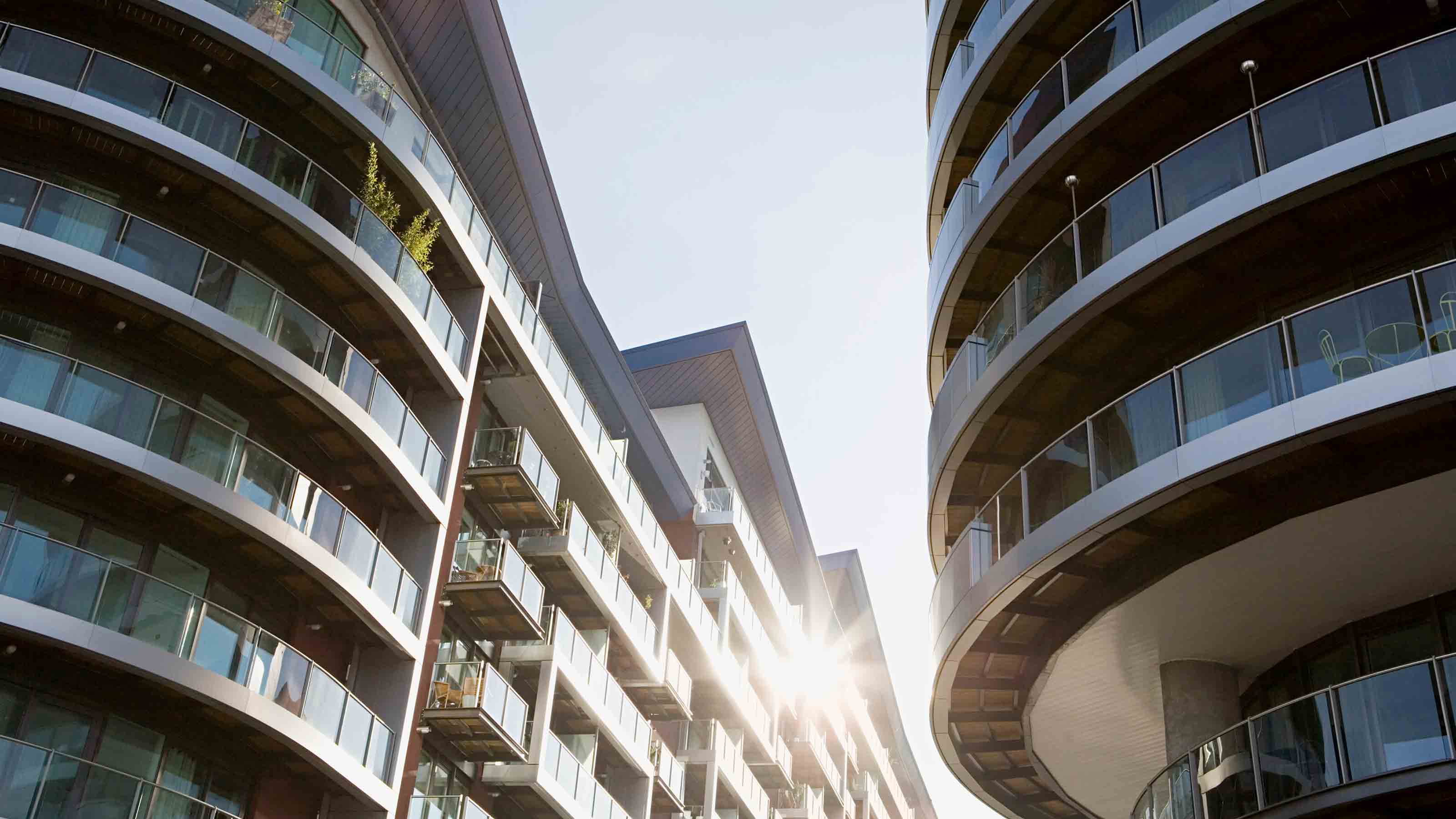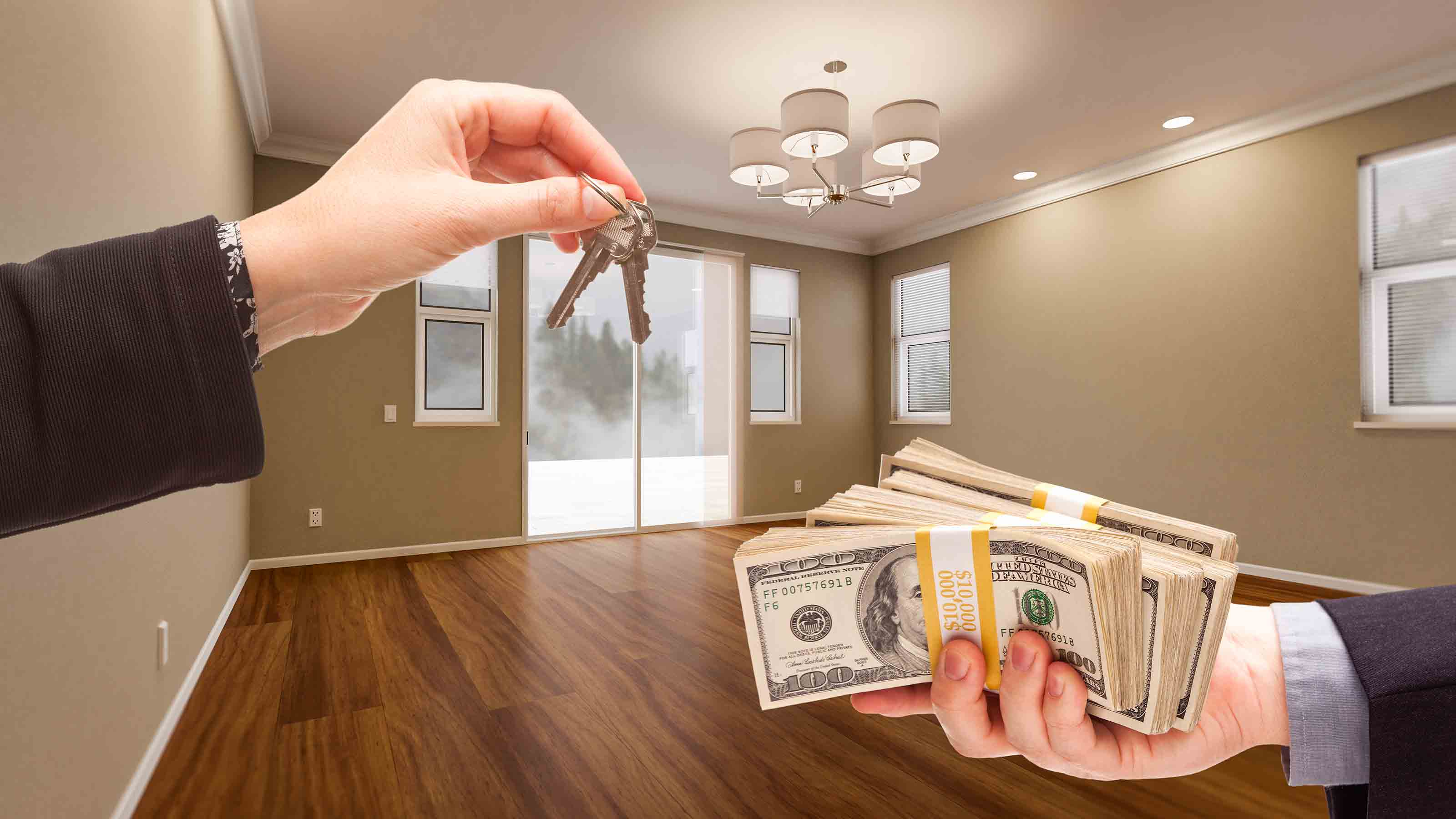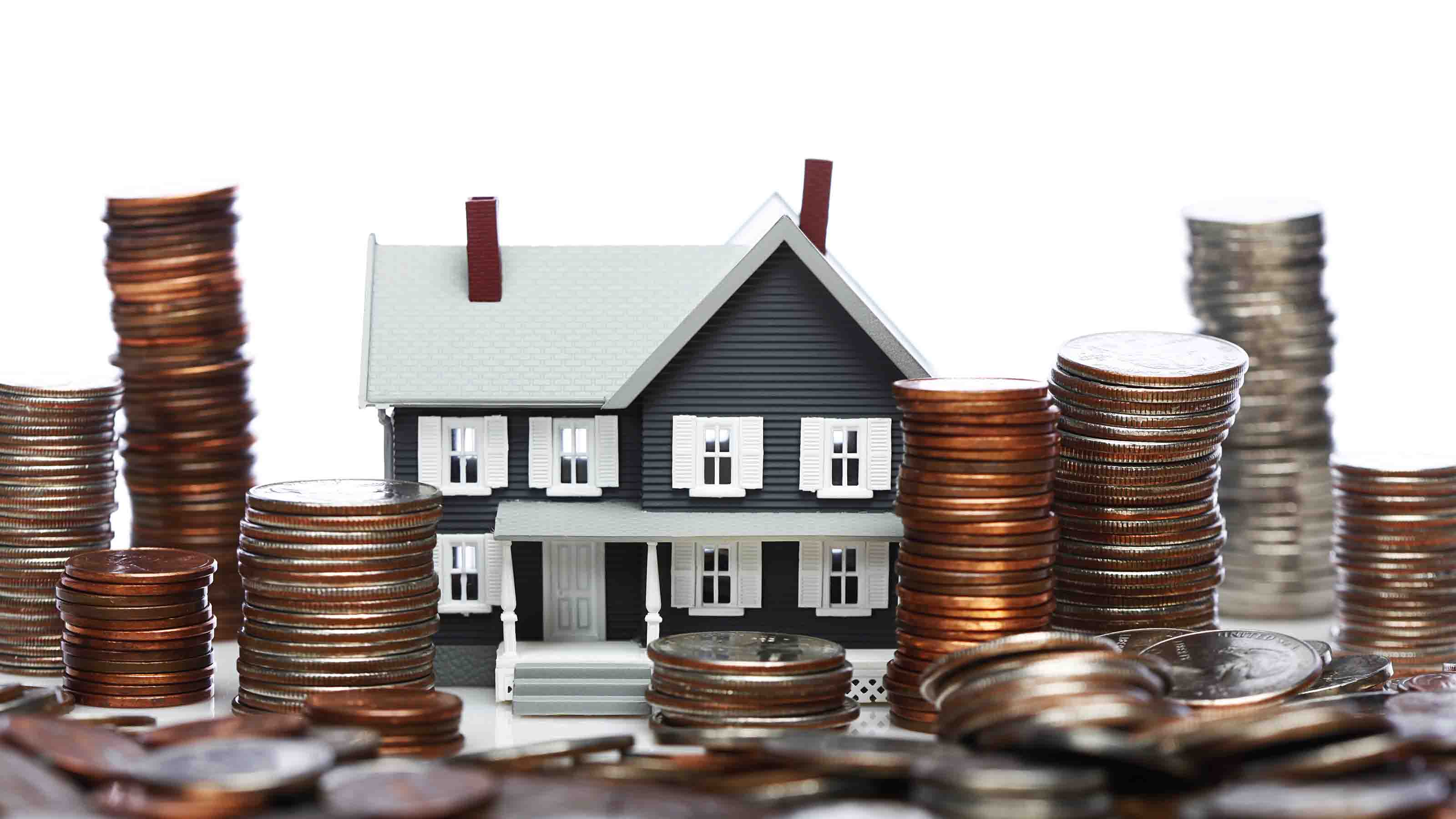Perk Up Your Kitchen
Breathe new life into your kitchen with these flooring options.

Appliances and cabinetry hog the spotlight in the kitchen. But in a busy household, the flooring has to hold up under heavy use and look good, too. You have plenty of options for replacing worn or outdated floors for $1,000 or less. Whether you can reduce the cost by doing the work yourself depends on the type of flooring, your skill level, your ability to recognize inadequate subflooring, and whether you can remove and dispose of old flooring (some older floorings contain asbestos).
[Editor’s Note: For more low-cost kitchen projects, view our 7 Ways to Enhance Your Kitchen on the Cheap slide show. Also see the related articles Update the Bathroom and Get Your Closet Under Control.]
Hardwood ($9 to $22 per square foot, installed) is an expensive option, but it gives a kitchen visual warmth and ensures resale appeal. To cut costs, buy prefinished (no staining, sanding and sealing in your home) solid boards or engineered hardwood -- veneer over laminated wood. The thicker the board or the veneer, the longer the floor will last and the more opportunity you’ll have to refinish it when necessary. Do-it-yourselfers should check out engineered wood that interlocks and “floats” (it doesn’t require nailing, stapling or gluing). One good choice: Bruce Engineered Cherry Hardwood (at Lowe’s, $106 per carton, covering 22.5 square feet).

Sign up for Kiplinger’s Free E-Newsletters
Profit and prosper with the best of expert advice on investing, taxes, retirement, personal finance and more - straight to your e-mail.
Profit and prosper with the best of expert advice - straight to your e-mail.
Bamboo ($12 to $28 per square foot, installed), widely touted as a “green” alternative to hardwood, is only as environmentally friendly as the processes used to harvest and manufacture it. Those practices affect durability, too. Look for products made with plantation-grown, mature bamboo and with glues containing low-emission formaldehyde or a water-based solvent. One version of Teragren’s Synergy, with a layer of bamboo on top of a cross-ply, bamboo core, comes interlocking and prefinished (available in flooring showrooms for $7 to $9 per square foot, product only).
Ceramic ($3 to $20 per square foot, installed) is beautiful and durable. But it can be hard on your feet and unforgiving when dishes or glasses are dropped on it. Choose a tile that’s durable enough for kitchen use and water-resistant. Unglazed tile is less slippery but requires sealing to prevent stains. Unless you’re prepared to assess and correct the subfloor (the tiles are liable to crack if the floor beneath them is flexible) and cut, lay and grout tiles, leave this job to an installer.
Linoleum ($7 to $10 per square foot, installed) can last 40 years or more. Made from linseed oil, pine rosin, wood flour, limestone and pigments with a jute backing, a surface scratch merely reveals more of the same. Linoleum comes in both sheet and tile forms. Marmoleum Click, in interlocking panels and squares, has a cork backing and comes in 24 colors.
Get Kiplinger Today newsletter — free
Profit and prosper with the best of Kiplinger's advice on investing, taxes, retirement, personal finance and much more. Delivered daily. Enter your email in the box and click Sign Me Up.

-
 Stock Market Today: Stocks Gain on Tech, Auto Tariff Talk
Stock Market Today: Stocks Gain on Tech, Auto Tariff TalkThe Trump administration said late Friday that it will temporarily halt tariffs on some Chinese tech imports.
By Karee Venema
-
 Sam's Club Plans Aggressive Expansion: Discover Its New Locations
Sam's Club Plans Aggressive Expansion: Discover Its New LocationsSam's Club expansion plans will open up to 15 new stores each year. Learn where they plan to open in 2025.
By Sean Jackson
-
 How to Find Foreclosed Homes: Best Foreclosure Listings Sites
How to Find Foreclosed Homes: Best Foreclosure Listings SitesMaking Your Money Last Find foreclosed homes for sale on these foreclosure listing websites. Search for properties on these free, paid or government sites.
By Bob Niedt
-
 Luxury Home Prices Rise as the Rich Dodge High Mortgage Rates
Luxury Home Prices Rise as the Rich Dodge High Mortgage RatesLuxury home prices rose 9% to the highest third-quarter level on record, Redfin reports, growing nearly three times faster than non-luxury prices.
By Kathryn Pomroy
-
 Four Tips for Renting Out Your Home on Airbnb
Four Tips for Renting Out Your Home on Airbnbreal estate Here's what you should know before listing your home on Airbnb.
By Miriam Cross
-
 Five Ways to Shop for a Low Mortgage Rate
Five Ways to Shop for a Low Mortgage RateBecoming a Homeowner Mortgage rates are high this year, but you can still find an affordable loan with these tips.
By Daniel Bortz
-
 Looking to Relocate? Plan for Climate Change
Looking to Relocate? Plan for Climate Changebuying a home Extreme weather events are on the rise. If you’re moving, make sure your new home is protected from climate change disasters.
By Rivan V. Stinson
-
 Retirees, A Healthy Condo Has a Flush Reserve Fund
Retirees, A Healthy Condo Has a Flush Reserve FundSmart Buying Reserve funds for a third of homeowner and condo associations have insufficient cash, experts say. Here are some cautionary steps you should take.
By Patricia Mertz Esswein
-
 Cash Home Buyers: New Services Offer Help Making All-Cash Offers
Cash Home Buyers: New Services Offer Help Making All-Cash OffersBecoming a Homeowner Some firms help home buyers make all-cash offers on homes. Weigh the fees before you sign on.
By Emma Patch
-
 Home Sale Prices in the 50 Largest Metro Areas
Home Sale Prices in the 50 Largest Metro AreasBecoming a Homeowner What’s happening in the market where you live?
By the editors of Kiplinger's Personal Finance